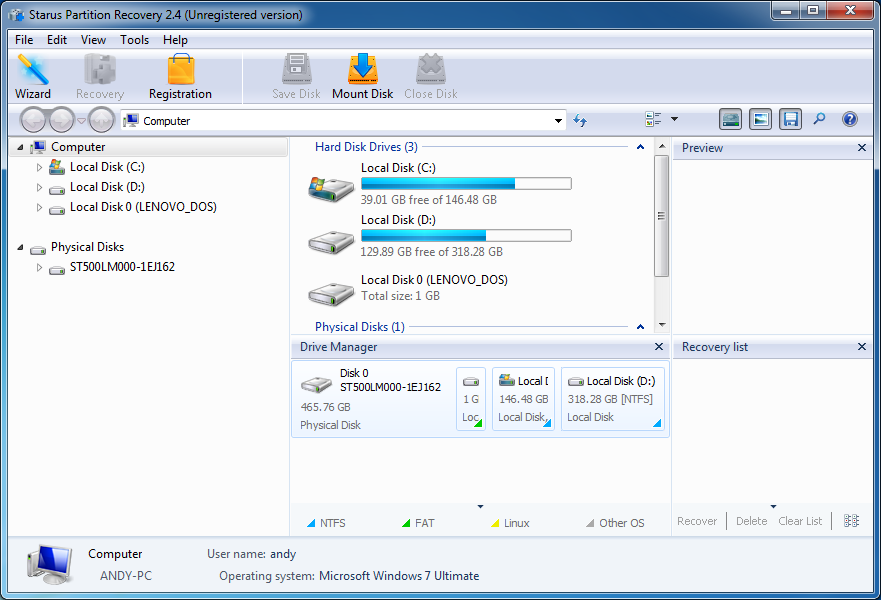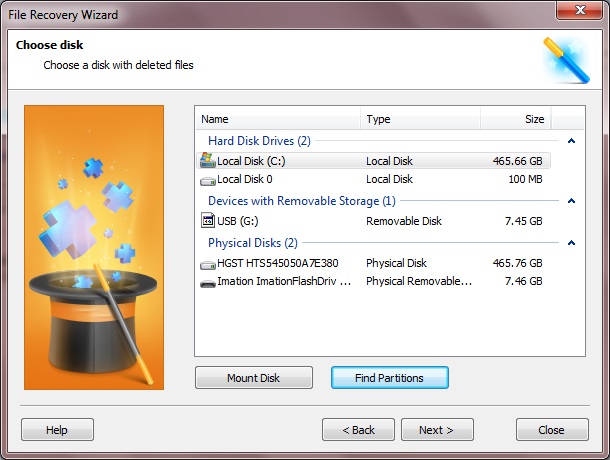
The news he's broken has been covered by outlets like the BBC, The Verge, Slate, Gizmodo, Engadget, TechCrunch, Digital Trends, ZDNet, The Next Web, and Techmeme. Beyond the column, he wrote about everything from Windows to tech travel tips. He founded PCWorld's "World Beyond Windows" column, which covered the latest developments in open-source operating systems like Linux and Chrome OS.

He also wrote the USA's most-saved article of 2021, according to Pocket.Ĭhris was a PCWorld columnist for two years. Beyond the web, his work has appeared in the print edition of The New York Times (September 9, 2019) and in PCWorld's print magazines, specifically in the August 2013 and July 2013 editions, where his story was on the cover. With over a decade of writing experience in the field of technology, Chris has written for a variety of publications including The New York Times, Reader's Digest, IDG's PCWorld, Digital Trends, and MakeUseOf. Chris has personally written over 2,000 articles that have been read more than one billion times-and that's just here at How-To Geek. There are no guarantees here, and that's why backups are so important.Ĭhris Hoffman is the former Editor-in-Chief of How-To Geek. You can only get whatever data is still on the drive. If you've written a lot of data to a device like an SD card since you've deleted the file, it's likely that the file's data may have been overwritten.Įven if you manage to recover a file, you may only get some of the file's data-the file may be corrupted. Deleted files aren't removed from hard drives immediately, but they often are removed from solid-state drives immediately. Whether Microsoft's tool can actually find and recover a file you've deleted depends on the drive. It doesn't run on older versions of Windows. This tool requires you've installed Windows 10's May 2020 Update or newer, or any version of Windows 11.

We'll show you how to use it, but it's a more hands-on process than you might expect from an official Microsoft utility available in the Microsoft Store. Microsoft's Windows File Recovery tool doesn't have a graphical interface-it's only a command-line utility.


 0 kommentar(er)
0 kommentar(er)
